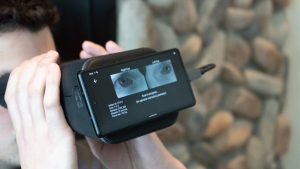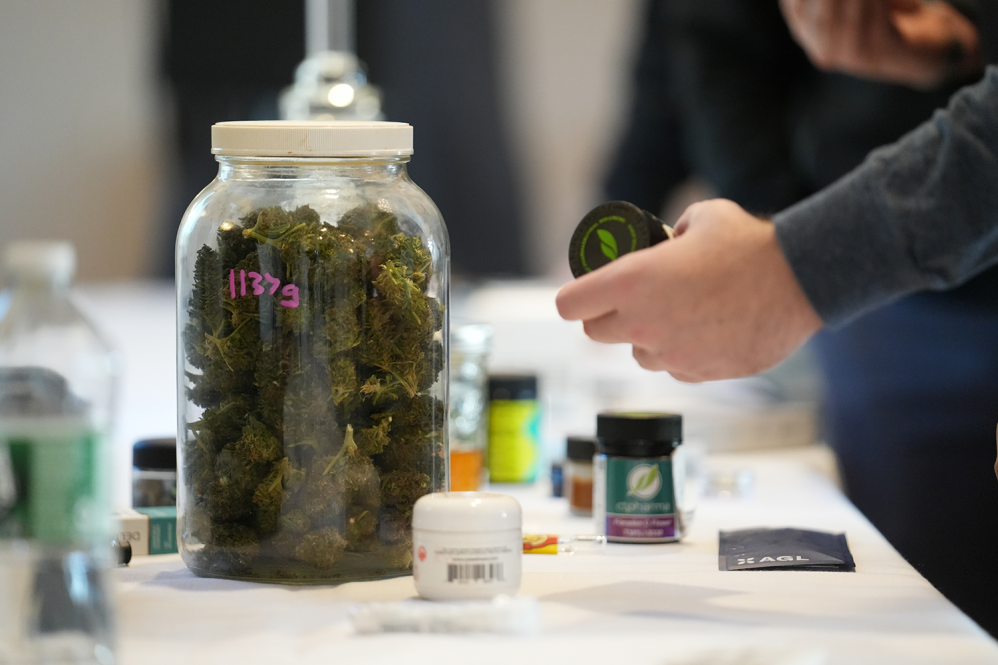On Feb. 9 the State of Connecticut hosted a Cannabis Impairment Detection Workshop in Guilford as part of a law enforcement training program. The Connecticut Department of Transportation received a grant from the Governor’s Highway Safety Administration (GHSA) and Responsibility.org to conduct a combined “wet lab” and “green lab.” This combined training was the first in the country, and a report will be forthcoming to GHSA on the results and lessons learned.

The goal of this, and future trainings, is to educate officers on cannabis culture and trends, legality, and testing methods. Eric Jackson, Executive Director of the Connecticut Transportation Institute at UConn, explained that this “first-of-its kind training event in Connecticut was a huge success, and both volunteers and officers learned a lot about cannabis impairment.” The Connecticut Department of Transportation is exploring future green labs and how to best assist law enforcement in enforcing the state’s impaired driving laws.
A “wet lab” is where officers are trained on alcohol impairment and volunteers consume alcohol and then undergo field sobriety tests. A “green lab” follows the same concept, except volunteers consume cannabis. The combined wet lab and green lab had a subset of consumers consume both cannabis and alcohol to examine the combined impacts of ingesting both substances simultaneously.
The use of volunteers that have consumed in a controlled environment allows officers to hone their skills at detecting individuals who are unsafe to drive due to cannabis or poly-substance use. Eighteen volunteers attended this workshop: six consumed cannabis only, six consumed alcohol only, and six consumed a combination of cannabis and alcohol. They were supervised the entire day by 18 Drug Recognition Experts (DREs). The course was attended by 30 police officers who were Advanced Roadside Impaired Driving Enforcement (ARIDE) training students in the course. Cannabis volunteers smoked or vaped cannabis twice during the eight-hour day. Alcohol-only volunteers were provided with alcohol at regular intervals throughout the day. All consumers underwent assessments by officers twice, once before lunch and once after lunch.
The consumption quantities of each volunteer were closely monitored to estimate their level of intoxication. Volunteers also underwent a series of physical and chemical tests in parallel to and separate from the training course to explore emerging technologies in impaired driving detection. These testing methods are currently experimental and have not yet been legislatively approved for use in Connecticut. Once approved, these testing devices could enhance an officer’s ability to determine if a driver is impaired through the use saliva and breath samples to detect recent cannabis use. Other tools utilize eye tracking and pupil dilation headsets to automate the testing and document video evidence.

Volunteers ended the day in front of the class answering questions from officers and learning if they would have been arrested or not. Volunteers were also asked if they would feel comfortable driving given their current level of intoxication. All the volunteers were provided safe transportation to and home from the training and agreed to not operate a motor vehicle after leaving the training facility.



